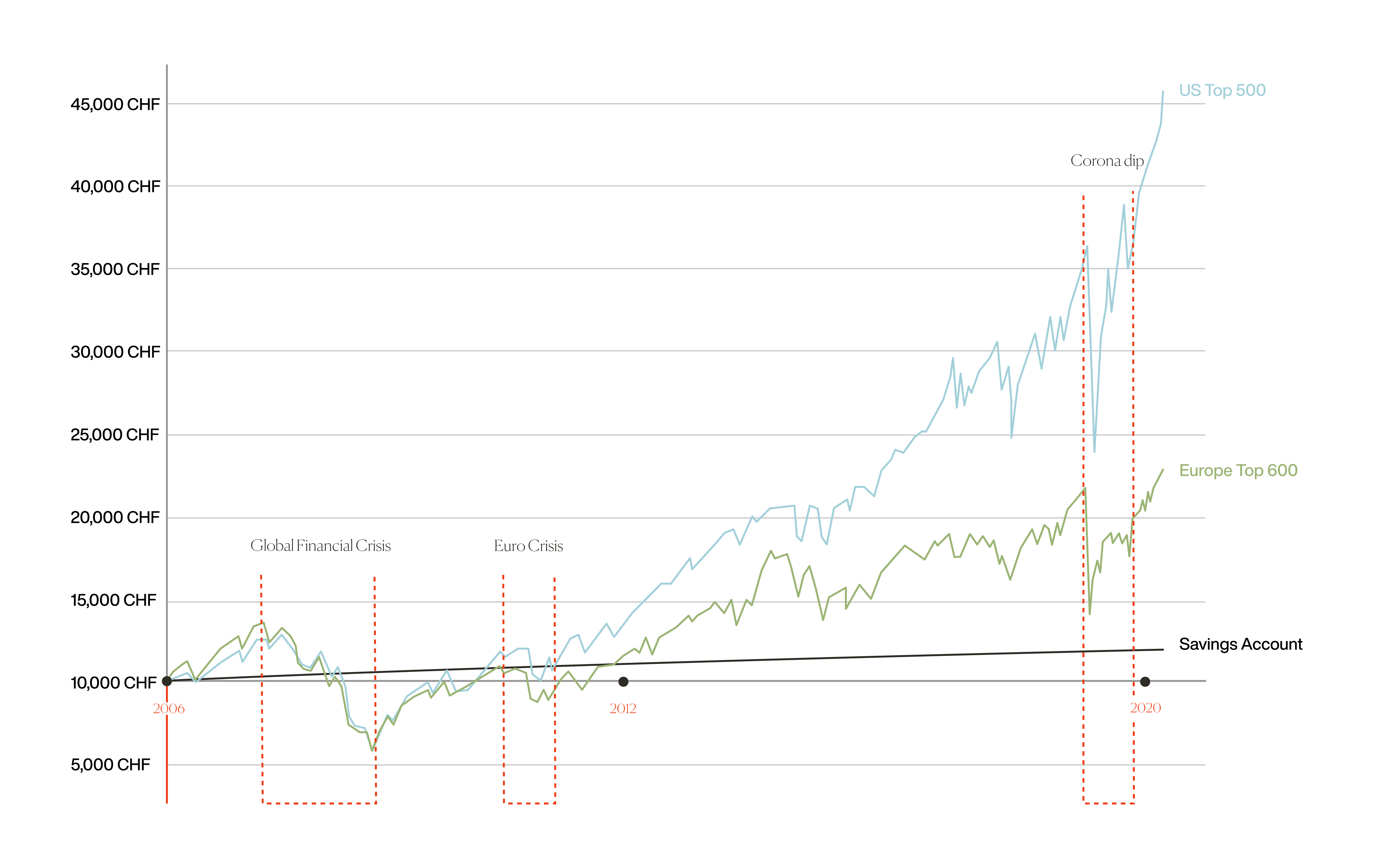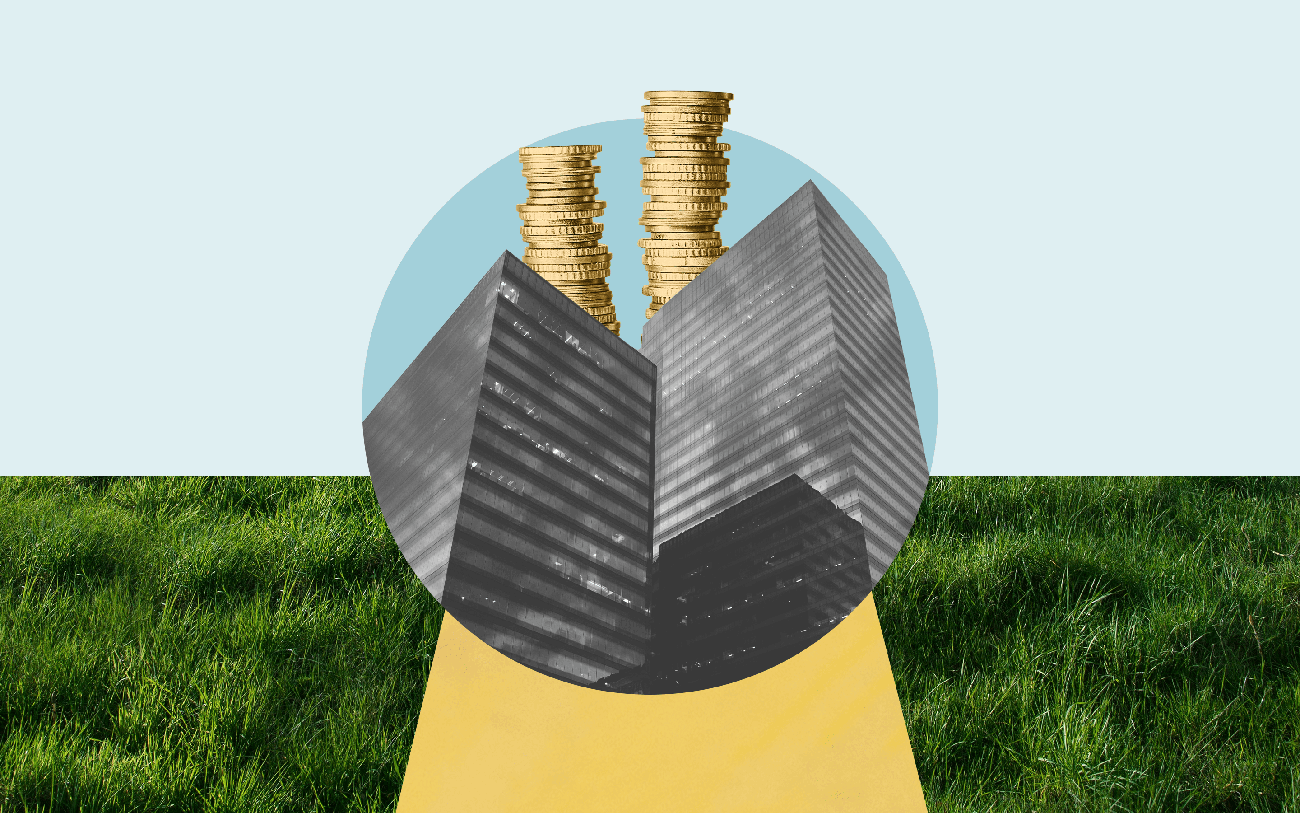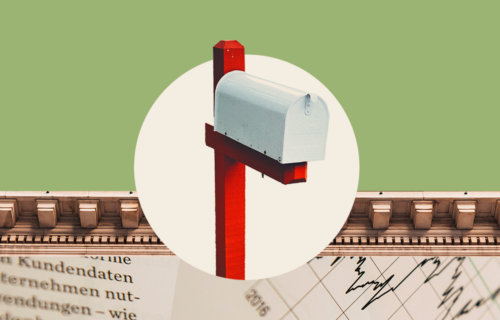Turned 40 recently? If you want to retire at 65, you’re nearly halfway through your working years. It’s a great time to take a look at your financial future and see if you’re on track.
We’re asked a lot of questions from people in this age bracket. Common ones include:
“Am I saving enough for retirement?”
“What is the ideal investment strategy for 40 year olds?”
“Should I invest conservatively or aggressively?”
“How aggressive should I invest?”
“What’s the best asset allocation for 40 year olds?”
Before we dive in, some great news: When you turn 40-years-old, there’s still ample time to grow your savings – if you manage it right.
In this article, we will show you how you can retire with a healthy passive income – without missing out on the activities you love (it’s all about working smarter, not harder).
Rule #1: Don’t invest in your bank account
Meet Anne, a 40-year old professional. Anne’s done (almost) everything right, and she has 100,000 francs in the bank. She doesn’t need this money in the short or medium term; it’s earmarked for retirement.
To live comfortably, Anne’s goal is to retire with 1,000,000 francs at age 65. This would give her an annual income of around 50,000 francs for 20 years, in addition to her payments from the old-age insurance system (a.k.a. “AHV”, pillar 1) and her pension fund (a.k.a. “BVG”, Pillar 2).
Anne’s goal is very achievable.
But there’s one thing she should do straight away – get that 100,000 francs out of the bank, where it’s collecting close to zero interest!
Not only is she missing out on an opportunity to grow her savings, but there’s also the problem of inflation.
Let’s assume inflation holds steady at today’s rate of 0.7 percent per year, and a typical Swiss bank account continues to provide 0.01 percent returns. In five years, that means you will need 10,350 francs to buy what you could have bought with 10,000 francs today.
Meanwhile, your bank account will have only grown to 10,005 CHF. In other words, you will be poorer than when you deposited your savings.
Rule #2: Don’t be too conservative
What’s the best investment strategy for 40-year old women? There’s no one-size-fits-all investment strategy for Anne’s demographic. Age is one of many factors Inyova considers when shaping an investment strategy – it is important because it’s closely related to a person’s investment horizon.
At 40 years old, Anne’s investment horizon is around 25 years (give or take). Since she needs to start accessing her money when she retires, that’s the point when her investments start moving into cash. After all, retirees don’t have the luxury of waiting for the market to bounce back after a dip!
However, we often see people in their forties being too conservative with their investments – keeping large amounts of money in bank accounts or investments that offer very low growth.
It’s understandable. With the Global Financial Crisis in their memory, some people tend to be a little wary of the stock market.
But do you know how long it took for the stock market to recover after the GFC?
Let’s think about the unluckiest investor, who put their money in the stock market at the very peak of the stock market in 2007. How long did it take before they started making a profit?
Only four and a half years.
As this graph shows, investors who were able to ride out the storm for a few years were soon making strong gains once again.
Stock Market Performance 2006-2021

Inyova Graphic
Going back to the crash of 1929, which spurred The Great Depression, the charts look like it took more than 25 years for the market to recover. However, research reported by the New York Times found investors at this time also broke even after four years and five months if you account for dividends received as well as the Consumer Price Index.
Of course, past performance is not a reliable indicator of future performance, and it’s important to go into any investment with the understanding that you could lose your money.
Rule #3: Allocate your assets correctly
After establishing Anne’s risk profile, Inyova will decide how to divide her investment money between stocks and bonds (Read more: Why these two assets?)
Stocks are the more aggressive or “dynamic” option because they tend to move up and down in value on a daily basis. Bonds are more conservative because they have better day-to-day stability. But compared with stocks, they show less growth in the long-term.
The stock markets yielded average annual returns of 6% over the past 150 years. But as we mentioned, some of those 150 years have been ugly: the Wall Street crash of 1929 and the Great Depression, Black Monday in 1987, and the stock market crash in 2008.
It’s not a matter of aggressive vs conservative. For now, we recommend Anne take a balanced approach. She has a reliable income and a long investment horizon ahead of her. But she also has dependent children and other financial commitments. For that reason, we would typically recommend that she splits her investment between the stock market and bonds, which are less volatile.
What’s the ideal asset allocation for someone in their 40s?
A general investment rule is to deduct a person’s age from 100 (or 110 for those with higher risk capacity). The answer gives the typical percentage a person should hold in stock investments. The remainder should be put into high-grade government bonds, and other investments that are more stable (albeit with lower returns).
On a very simplistic level, that would mean Anne could consider holding around 60 percent of her money in stocks, and 40 percent in bonds. She would also need to include other investments she has, including property, when figuring out her final asset allocation.
Rule #4: Save – 100 francs a month make a big difference
Many people hit their peak income in their 40s. You can splash out and buy nice things – from clothes and tech gadgets to cars and vacations.
And that’s great!
We don’t want to put a damper on all the fun you’re having. Just keep in mind that investment contributions in your 40s are early deposits; they accrue compound interest. If you’ve invested in the stock market, those deposits have doubled approximately every 8 years in the past.
(We discuss compound interest in more detail in our article The Easy Way to Double Your Money.)
Could you save 100 francs extra a month? Realistically, how about 1000? Either option will boost your investment significantly, and with Inyova you’ll pay no additional fees when you add to your investment.
Although a small saving habit can have a big impact on your investment returns, there’s another very common phenomenon at play: “lifestyle inflation”. It’s when your spending increases as your income rises (e.g. you once rode a bicycle, now you need a late model car).
Left unchecked, lifestyle inflation can make it difficult to get ahead on your long-term financial goals.
With that in mind, Anne has decided to contribute an additional 1,000 francs to her investment account each month, in addition to her initial investment.
This is a great approach. With her new savings plan and investment strategy with Inyova, forecasts her investment will grow to more than 1,000,000 francs by the time she retires in 25 years.
Let’s take a look:
| Asset Class | Year 0 | Year 1 | Year 10 | Year 15 | Year 20 | Year 25 | |||||||
|---|---|---|---|---|---|---|---|---|---|---|---|---|---|
| Stocks | 65,000 | 65,400 | 203,300 | 319,000 | 475,500 | 686,700 | |||||||
| Bonds | 35,000 | 40,800 | 126,800 | 199,000 | 296,600 | 428,400 | |||||||
| TOTAL | 100,000 | 106,200 | 330,200 | 518,100 | 772,100 | 1,115,100 |
Source: Inyova. All figures in swiss francsNumbers are rounded to the nearest 100 francs
Anne will reach her savings goal!
By the way, this graph is conservative in that it includes annual rebalancing (important for risk management), as well as the consideration that Anne will likely want to move more of her investment into bonds as she gets older.
Quick Guide: The best investment strategy for 40 year old men and women
- Have a goal: how much income do you need in retirement?
- Allocate your assets correctly – find the right balance between conservative and aggressive investing.
- Set up an automatic investment contribution to make your money grow
It’s easy to get started with Inyova. The first step is to get your personalised impact investing strategy on our website. It takes approximately 5 minutes and is completely free. You can adapt and tweak your personalised investment strategy before committing to anything. Best of all, Inyova strategies are designed according to your personal interests and values, with criteria such as renewable energy, electromobility, human rights, gender equality and more.
More questions? Check out our FAQs or contact our team.


